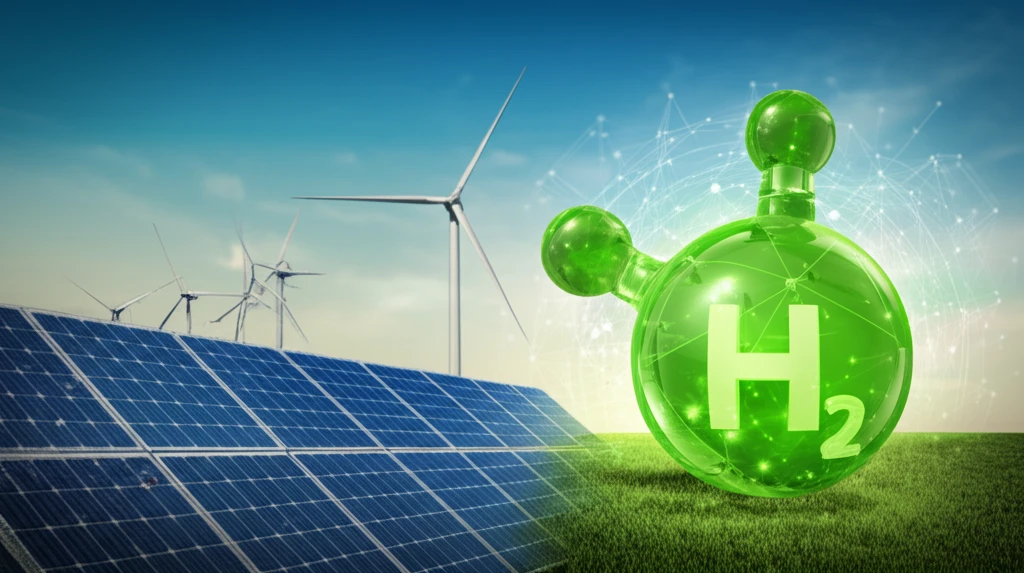
Green Hydrogen in Sub-Saharan Africa: Unlocking Potential and Overcoming Challenges
"A multi-disciplinary approach maps the opportunities and hurdles for sustainable hydrogen production in Sub-Saharan Africa."
As the world grapples with the escalating climate crisis and its associated socio-economic impacts, green hydrogen has emerged as a promising solution. Green hydrogen, produced through the electrolysis of water using renewable energy sources, offers a pathway to decarbonize various sectors, from transportation and industry to power generation. Sub-Saharan Africa, blessed with abundant renewable energy resources, stands to gain immensely from embracing green hydrogen, increasing local energy access.
Several nations and regions are actively developing hydrogen strategies. China is focusing on the transportation sector, while the European Union aims to build a 40 GW electrolyzer capacity by 2030. The United States envisions producing 50 million metric tons of clean hydrogen annually by 2050. Germany plans to establish a 10 GW generation capacity for green hydrogen to meet domestic industrial needs.
Sub-Saharan Africa is also witnessing a surge of interest in green hydrogen. The Economic Community of West African States (ECOWAS) has launched a regional green hydrogen policy framework, and Kenya aims to install 100 MW of electrolysis capacity by 2027, scaling up to 250 MW by 2032. South Africa launched its Hydrogen South Africa (HySA) strategy in 2008, while Namibia hopes to generate up to 12 million tons of hydrogen annually by 2050. Green hydrogen production holds immense promise for increasing local energy access and fostering economic opportunities.
Why a Multi-Faceted Approach is Essential for Green Hydrogen Development

However, realizing the potential of green hydrogen in Sub-Saharan Africa requires a comprehensive approach that goes beyond simply assessing renewable energy resources. Sustainable water management, socio-economic considerations, and local contexts are equally crucial. Producing one kilogram of hydrogen consumes nine kilograms of water, making sustainable water sourcing essential, especially in water-stressed regions. Land eligibility assessments, considering local preferences and land use systems, are also vital.
- Dedicated land eligibility assessments based on local preferences
- Location-specific renewable energy simulations
- Locally-derived sustainable groundwater limitations under climate change scenarios
- Optimization of local hydrogen energy systems
- Socio-economic indicator-based impact analysis
A Future Powered by Green Hydrogen
The comprehensive methodology outlined in the study offers a valuable tool for decision-makers and stakeholders involved in green hydrogen development in Sub-Saharan Africa. By integrating technical, environmental, economic, and social considerations, it paves the way for sustainable and equitable energy solutions that can contribute to climate change mitigation, economic growth, and improved livelihoods.
